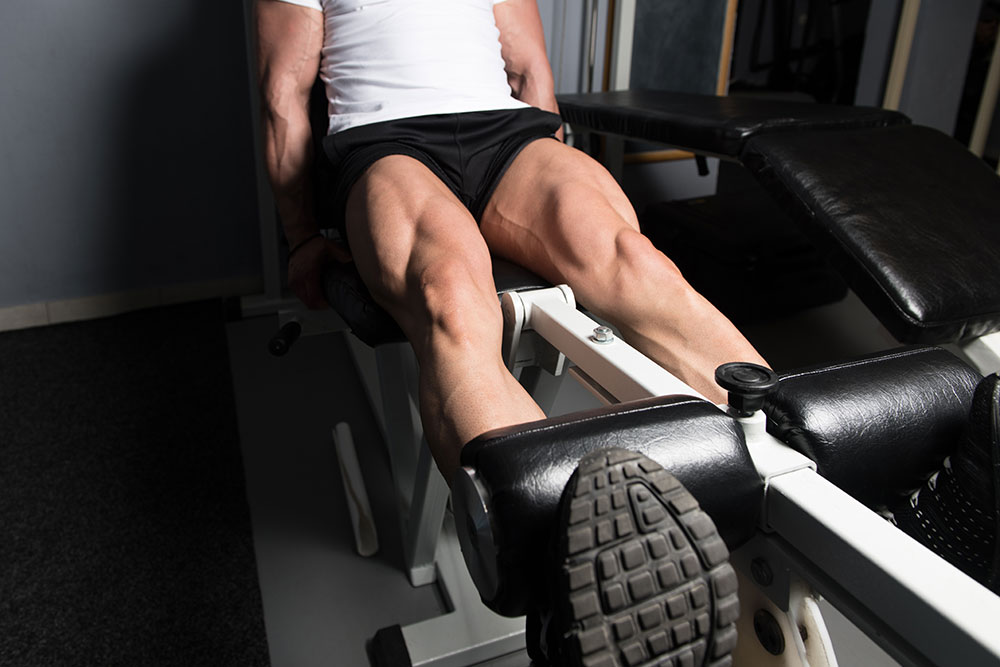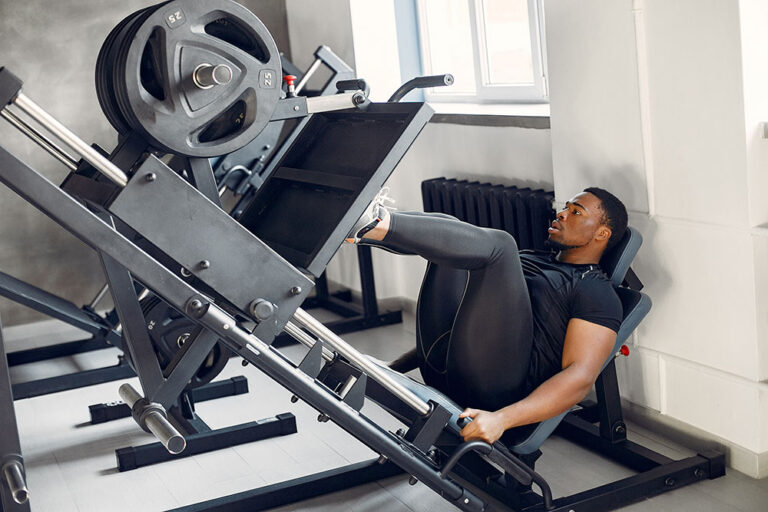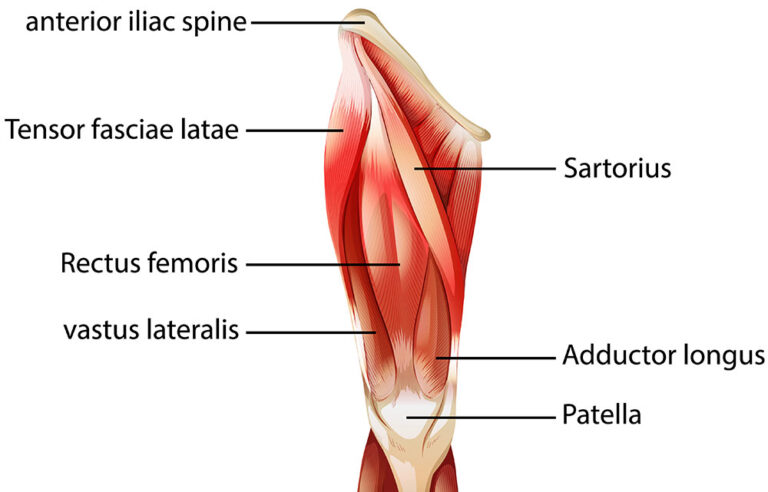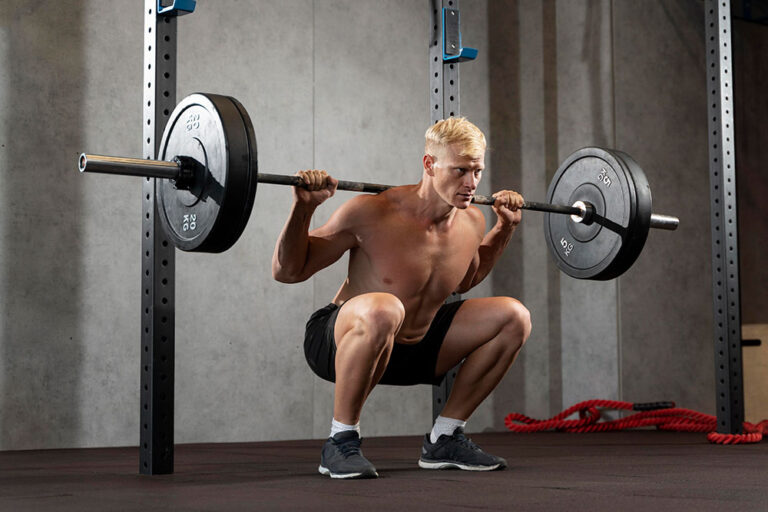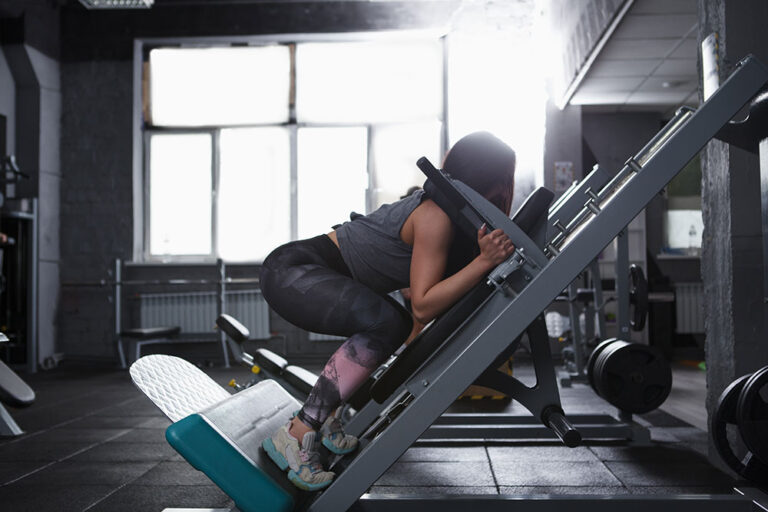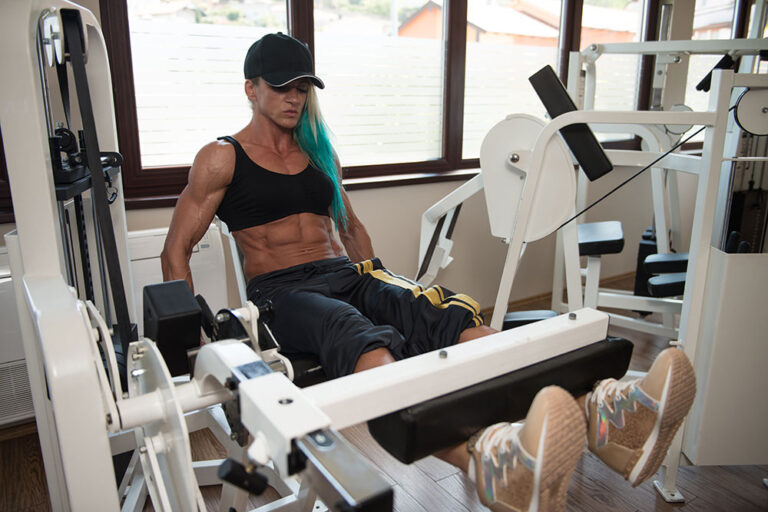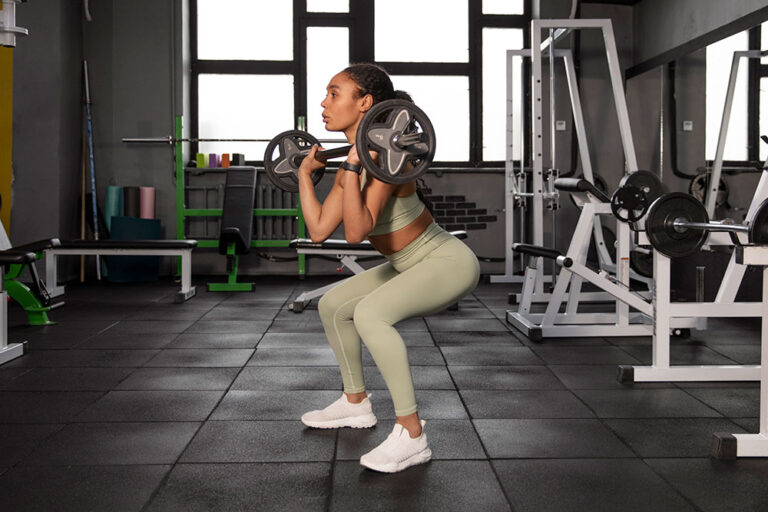Best Exercises for The Quadriceps
When it comes to building strength and improving athletic performance, the quadriceps often take center stage. This powerful muscle group not only plays a crucial role in everyday movements but also significantly contributes to your overall fitness journey. Whether you’re an athlete, a weekend warrior, or just someone looking to enhance their leg day routine, understanding how to effectively target your quads can make all the difference.
Imagine effortlessly climbing stairs, running faster during sprints, or powering through that next round of squats. With the right exercises for the quadriceps in your toolkit, these goals are within reach. Let’s dive deeper into what makes these muscles tick and explore some of the best ways to strengthen them for better performance and injury prevention!
Understanding the Quadriceps Muscle
The quadriceps, commonly known as the quads, consist of four distinct muscles located at the front of your thigh. These include the rectus femoris, vastus lateralis, vastus medialis, and vastus intermedius. Together, they form a powerful group essential for leg movement.
Their primary function is to extend the knee joint. This action plays a critical role in everyday activities like walking and climbing stairs. Additionally, strong quads are vital for sports that involve running, jumping, or squatting.
Each muscle within this group has its unique contribution. The rectus femoris also aids in hip flexion while the vastus medialis helps stabilize your patella during movements. Understanding these individual roles can enhance your workout strategy by targeting each muscle effectively for maximum strength gains and injury prevention.
Importance of Strengthening the Quadriceps
Strengthening the quadriceps is essential for overall leg health. These muscles play a crucial role in mobility and stability. They help with everyday activities like walking, climbing stairs, and standing up.
A strong set of quads helps support your knees. This can reduce the risk of injuries during physical activities or sports. Weak quadriceps may lead to muscle imbalances, which can cause pain and discomfort.
Additionally, well-developed quadriceps enhance athletic performance. Whether you’re running, cycling, or weightlifting, these muscles contribute significantly to power and endurance.
Moreover, strengthening them aids in better posture as they support pelvic alignment. Improved balance comes along with stronger quads too.
Incorporating quad exercises into your routine will not only build strength but also promote functional fitness that benefits all areas of life.
Top Exercises for the Quadriceps
When it comes to targeting the quadriceps, several exercises stand out. Squats are a classic choice. They engage multiple muscle groups and effectively work your quads when done correctly.
Leg presses offer another solid option. This machine-based exercise allows for controlled movements, making it easier to focus on form while pushing significant weight.
Lunges are fantastic for balance and coordination as well. Forward lunges emphasize the quadriceps while also engaging your core and glutes.
For those looking for variety, consider step-ups. Using a bench or sturdy platform, this exercise mimics climbing stairs, providing an excellent quad workout with each ascent.
Don’t forget about leg extensions either! This isolation movement directly targets the quadriceps and can be particularly beneficial after heavy compound lifts. Each of these exercises brings unique benefits to your routine, ensuring balanced development in your legs.
Proper Form and Technique for Each Exercise
Maintaining proper form is crucial when targeting the quadriceps. Each exercise demands focus and precision to maximize effectiveness.
For squats, keep your feet shoulder-width apart. Lower your body as if sitting in a chair, ensuring your knees don’t extend past your toes. Engage your core for stability.
When performing lunges, step forward with one leg while keeping the back knee hovering just above the ground. Your front knee should remain directly over the ankle to prevent strain.
Leg presses require a solid setup too. Position yourself on the machine with feet flat on the platform at hip width. Push through your heels and avoid locking out those knees at full extension.
During leg extensions, adjust the seat so that your back is firmly against it. Lift slowly without swinging or using momentum; control is key to avoiding injury while isolating those muscles effectively.
How Often to Train Your Quadriceps
Determining how often to train your quadriceps depends on several factors, including your fitness goals and overall workout routine. For most individuals, targeting the quads two to three times a week is effective.
This frequency allows for adequate recovery time between sessions. Recovery is essential since muscle growth occurs during rest periods. If you’re new to strength training, starting with twice a week can help you build endurance without overloading your muscles.
As you progress, consider incorporating varying intensity levels throughout the week. You might opt for heavier weights one day and lighter resistance or higher repetitions on another.
Listening to your body is crucial as well. If you experience excessive soreness or fatigue, it may be wise to adjust the schedule accordingly—allowing more rest days will foster better results in the long run while minimizing injury risk.
Tips for Maximizing Results
To maximize results when training your quadriceps, focus on progressive overload. Gradually increase the weights or resistance you use as your strength improves. This ensures that the muscles are continually challenged.
Incorporate a mix of compound and isolation exercises into your routine. Squats and lunges engage multiple muscle groups while targeting the quads effectively. Adding leg extensions can refine definition specifically in this area.
Pay attention to rest intervals between sets. Allowing adequate recovery promotes muscle growth and prevents fatigue-related injuries.
Consider incorporating plyometric exercises, like jump squats, for explosive strength and improved power output.
Nutrition plays an essential role too. Consuming enough protein supports muscle repair and growth post-workout. Hydration should not be overlooked; it keeps muscles functioning optimally during intense sessions.
Make sure to listen to your body. Adjust intensity based on how you feel each day to avoid burnout or overtraining.
Common Mistakes to Avoid When Working Out Your Quadriceps
Many people overlook proper warm-up techniques. Skipping this step can lead to injury and hinder performance. A few dynamic stretches targeting the legs are essential.
Another common mistake is using excessive weight too soon. It’s tempting to lift heavy, but starting with manageable weights allows for better form and muscle engagement. Prioritize technique over ego.
Poor posture during exercises is another issue. Slouching or leaning too far forward reduces effectiveness and increases strain on joints. Always keep your back straight and core engaged.
Neglecting variety in your routine can lead to plateaus. Sticking only to squats may not yield the best results long-term; incorporate lunges, leg presses, and other movements for balanced development.
Don’t rush through sets or reps. Controlled movements ensure that each repetition is effective while minimizing the risk of injury from momentum-based lifting.
Conclusion
Strengthening your quadriceps is essential for overall leg health and athletic performance. By incorporating the best exercises for the quadriceps into your routine, you can enhance strength, improve stability, and prevent injuries. Remember to focus on proper form to maximize effectiveness and minimize risk.
Consistency is key; aim to train your quadriceps multiple times a week while allowing adequate recovery time. Keep an eye out for common mistakes that can hinder progress or lead to injury. With dedication and the right approach, you’ll reap the rewards of strong quads in no time. Start today by adding these exercises into your fitness regimen!
- About the Author
- Latest Posts
Johnnie D. Jackow Sr., the founder and CEO of Total Body Fitness, Worldwide, has a long-standing career in the fitness industry. He began as a certified personal trainer in the mid-90s and soon after authored his first weight loss book in 1998. This led to the launch of Total Body Fitness, Nationwide in the USA at the same time. Johnnie gained recognition as the fitness guru of his time, running infomercials on local TV late at night in Houston, Texas. Over the years, he has helped more than 40,000 individuals from all over the world achieve their health and fitness goals. With over 60,000 hours of documented training in integrative functional medicine, he completed his PhD in human physiology in 2010. His primary objective is to assist people in reaching their health and fitness goals through alternative approaches rather than relying solely on conventional medicine and pharmaceutical drugs. Today, with almost three decades of experience under his belt, Johnnie continues to be a leader in health and fitness.

